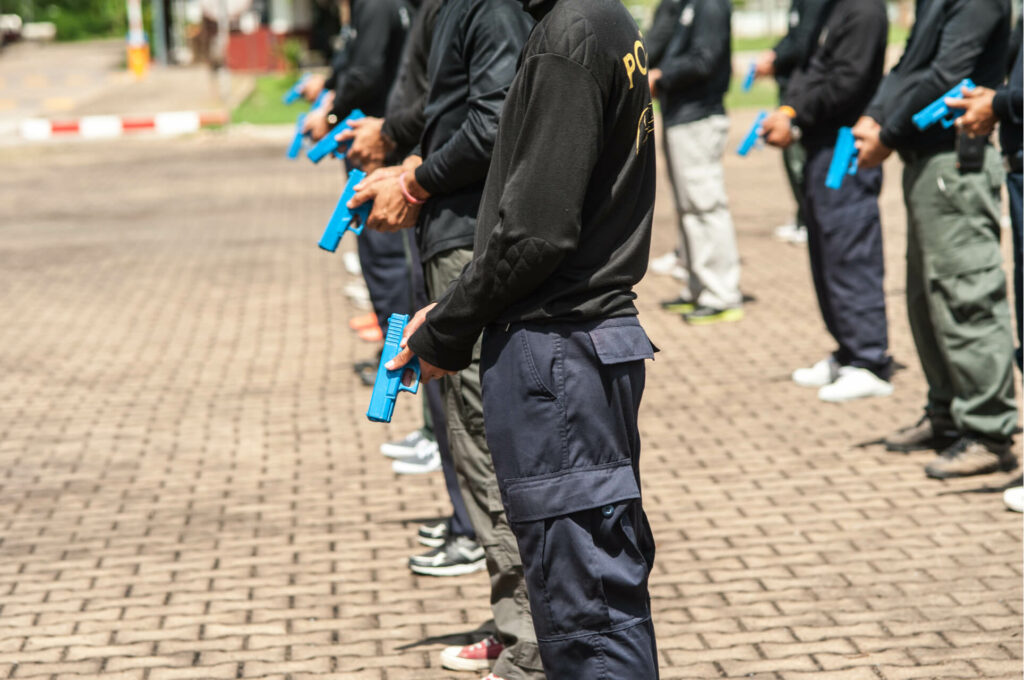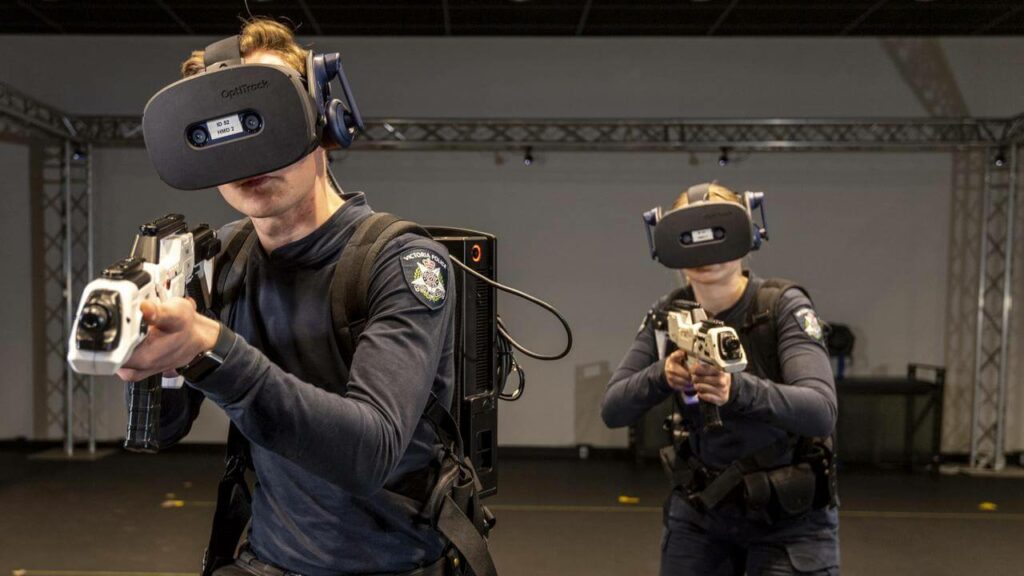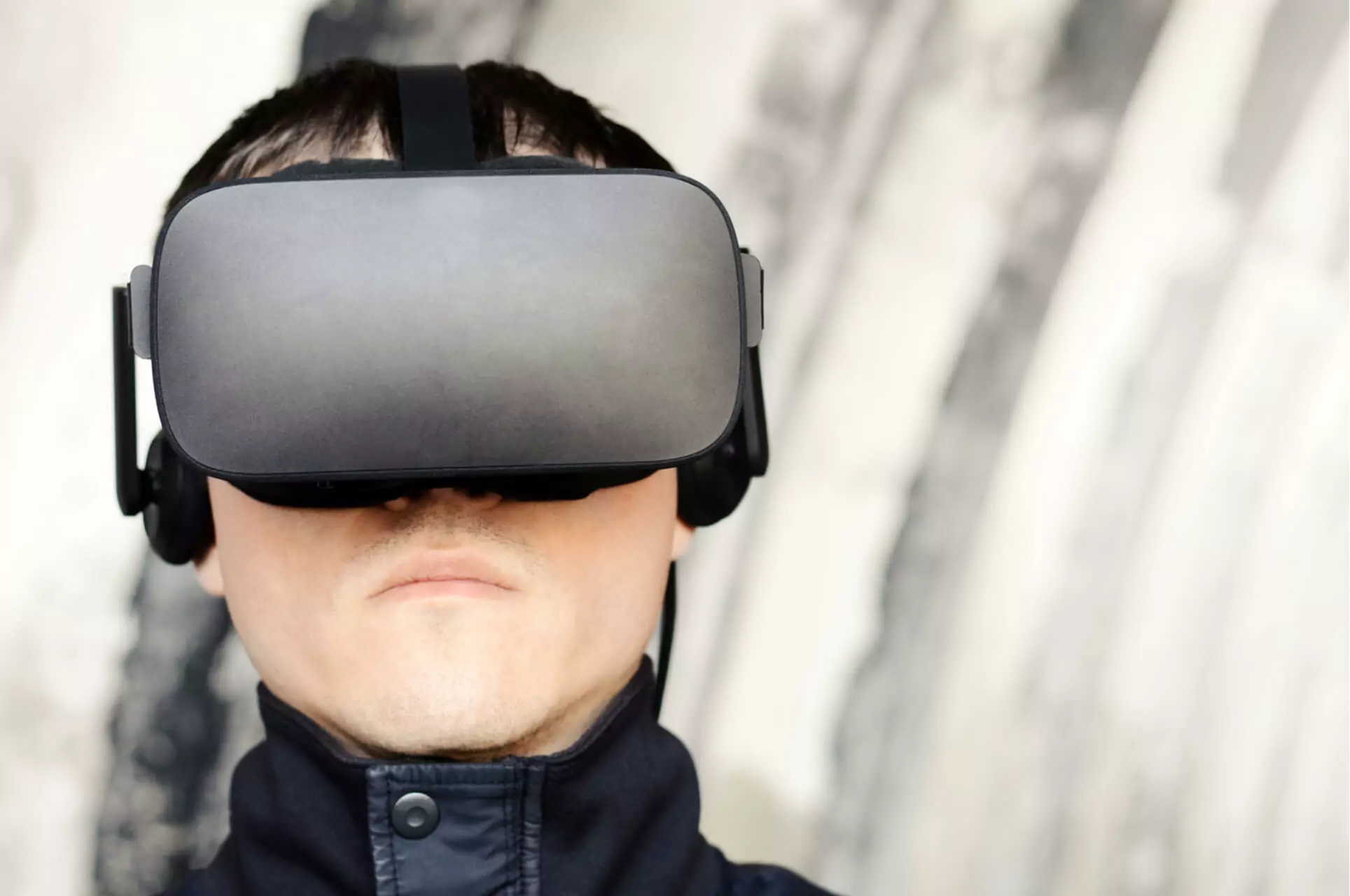Many specialists have confirmed that Virtual Reality (VR) can play a very significant role in the evolution and improvement of law enforcement training. The reason behind this is related to the help that new police technologies offer in terms of de-escalation, empathy, decision making and better handling of situations.
Could this be the right time for security and policing agencies to start embracing new technologies for a better and more efficient approach to daily work?
LOW-COST SITUATION-BASED TRAINING
Repetitive, situational-based training is one of the most helpful types of training for new trainees to experience during their education, and can help soon-to-be officers improve their split-second decision-making and handling of stress. Given the fact that real-world situations such as crime scenes demand realistic simulations in teaching, then modern VR programs are ideally suited solutions for police training.

VR police training systems are offering the enhancement of sessions at a lower cost. This, in particular, is why agencies such as California’s Sacramento Police Department (SPD), and Racine County Sheriff’s Office in Wisconsin, are using VR-based training scenarios.
Zachary Bales, the officer in charge of SPD’s Research & Development and Continued Professional Training Unit, has expressed their general satisfaction with VR training; by saying that, “it allows us to create all those different training environments without all of the costs associated with doing so in physical settings, beyond the price of the system and preparing the instructional videos.”
The outstanding function of this technology is the immersion of the officer into a variety of scenarios in which they feel their judgemental and cognitive skills are put to test. This applied-to-security tech offers departments the chance to conduct as many sessions as an officer needs during training to reinforce positive reactions and decisions, with customized scenarios and threats, emulating real-life scenarios in the best way possible.
All sessions can additionally be reviewed later for evaluation and feedback purposes, to provide guidance and escalate actions.
PREPARING THE OFFICER FOR ANYTHING
When it comes to solutions for law enforcement training, VR comes with a handful of options to emulate real-life situations such as assaults, vehicle hijacking, and robberies; in a variety of environments like an apartment, a drug store, an intersection, or an alley. The most advanced solutions can even replicate human emotions, to give the officer a better perspective and understanding of the suspect’s mind.

All of these simulations have to be supported in a solution that uses high-resolution floor-to-ceiling video screens, with simulated weapons and physical components, for a better and more realistic training experience.
VIRTUAL REALITY WILL BE ONE OF THE MAIN TECH COMPONENTS USED IN POLICE TRAINING ROOMS
Police departments are now more open to Virtual Reality solutions in training rooms than before. In fact, it is a part of a combo for better law enforcement training in which augmented reality, artificial intelligence, and computer vision are also used simultaneously in simulations for police officers.
So, it is fair to say that VR is a method that enhances the capabilities and responsiveness of police departments. With a future so bright for VR in law enforcement, it won’t be long before this technology gets adopted by police forces on a larger scale. However, solutions must be proposed by developers at the time of being ready for implementation rather than being pushed in a form that’s too early for successful use.

